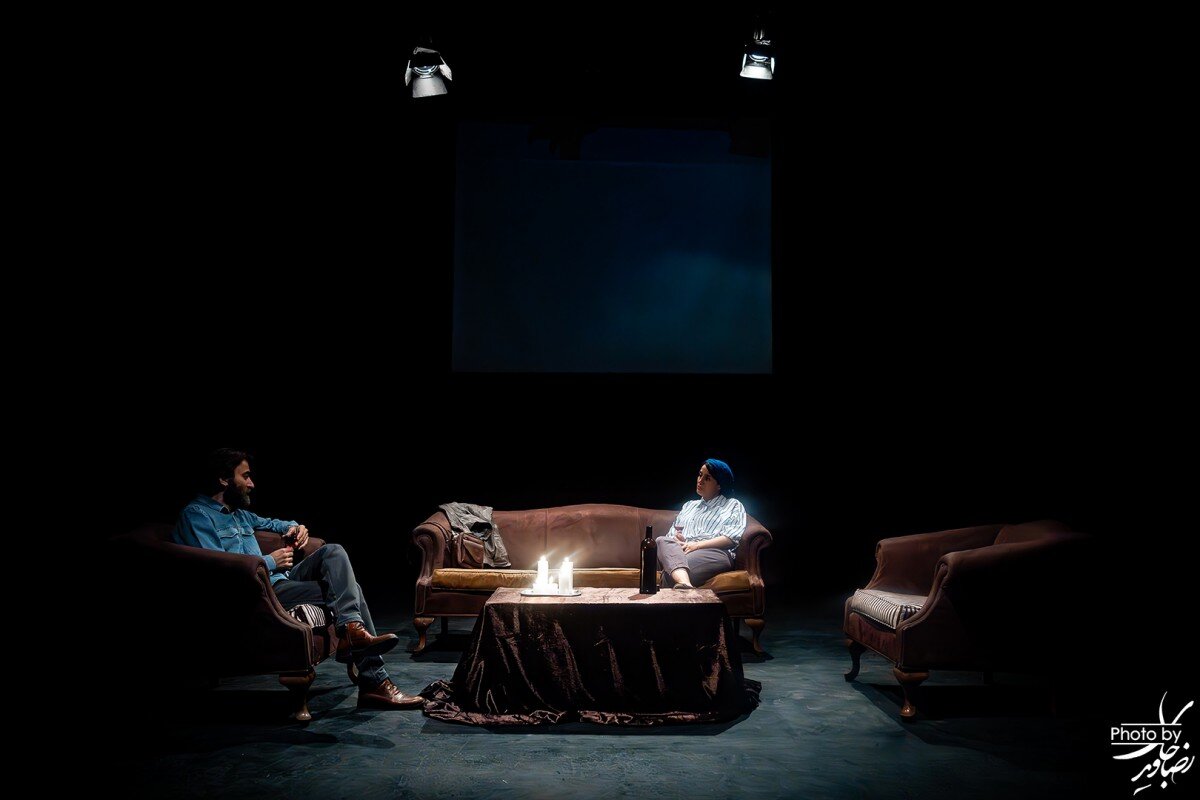Experience ‘The Archbishop’s Ceiling’ Live: A Captivating Theatrical Performance at Tehran Theater
Currently captivating audiences in Tehran, an adaptation of Arthur Miller’s acclaimed 1970 play, “The Archbishop’s Ceiling”, is being performed at the Neauphle-le-Chateau Theater. Directed by Mohammad Sadeq Peymanfar and translated by Hassan Maleki, this production promises to draw viewers into a gripping narrative that examines the intricacies of life under oppressive regimes.
The play features a talented cast, including Mobina Ramezani, Rahim Mehrandish, Soroush Borjaki, Amir Saeid Afshar, and Fatemeh Aqa-Ali. Audiences can enjoy this powerful performance for a limited run of one month.
Overview of “The Archbishop’s Ceiling”
“The Archbishop’s Ceiling” explores the challenging dynamics of existence beneath an authoritarian government. Originally premiering at the John F. Kennedy Center in 1977, the play experienced a short-lived run with just forty performances and ultimately did not reach Broadway. Following this, Miller revised his script, leading to its updated release at the Cleveland Play House in 1984.
The setting of the play is particularly significant, taking place in a luxurious room within a former Archbishop’s palace located in an Eastern European capital. This environment is charged with the palpable tension of constant surveillance from the secret police, effectively immersing the audience in a world of fear and uncertainty.
Plot Summary
At the center of the story is Sigmund, a middle-aged author who has fallen out of favor with the ruling authorities. He finds himself at a crossroads, facing a daunting choice: endure detention and potential punishment, or seek refuge by defecting to the West.
Sigmund’s predicament is complicated by the influences of two former friends, both of whom are also writers:
- Marcus: A compatriot and former political prisoner who has successfully navigated to gain favor with the current regime.
- Adrian: An American visitor who embodies liberal ideals and actively encourages Sigmund to consider defection.
Adding yet another layer of complexity is Maya, a poet and actress who has had romantic entanglements with all three men, thereby intertwining their personal and political lives in a web of emotional and ideological conflict.
Thematic Exploration
“The Archbishop’s Ceiling” is not just a play about politics; it is also a profound exploration of personal relationships. The characters’ interactions highlight the intricate connections between politics, art, and sexuality, resulting in a narrative that emphasizes the intertwining of personal lives with the prevailing political climate.
The ever-present threat of being overheard injects a sense of urgency and tension into the story, prompting audiences to reflect on crucial questions regarding morality, individual responsibility, and the consequences of living in a society where freedom is severely restricted.
About Arthur Miller
Arthur Asher Miller (1915–2005) remains one of the most significant figures in American theater. His extensive body of work includes renowned plays such as “Death of a Salesman”, widely regarded as one of the finest American plays of the 20th century, alongside other masterpieces like “All My Sons”, “The Crucible”, and “A View from the Bridge”. Miller also contributed to the film industry, writing screenplays such as “The Misfits”.
As a public figure, Miller was known for his outspoken views and activism. He received the Pulitzer Prize for Drama and was notably called to testify before the House Un-American Activities Committee. His personal life was equally notable, having been married to the iconic actress Marilyn Monroe. Over the years, Miller received numerous accolades, including the Praemium Imperiale and the Prince of Asturias Award, cementing his legacy as a titan of American literature.
In conclusion, the adaptation of “The Archbishop’s Ceiling” at the Neauphle-le-Chateau Theater not only brings Arthur Miller’s powerful narrative to life but also serves as a poignant reminder of the struggles faced by individuals in oppressive political climates. This production is a must-see for anyone interested in the intersection of art, politics, and the human condition.






